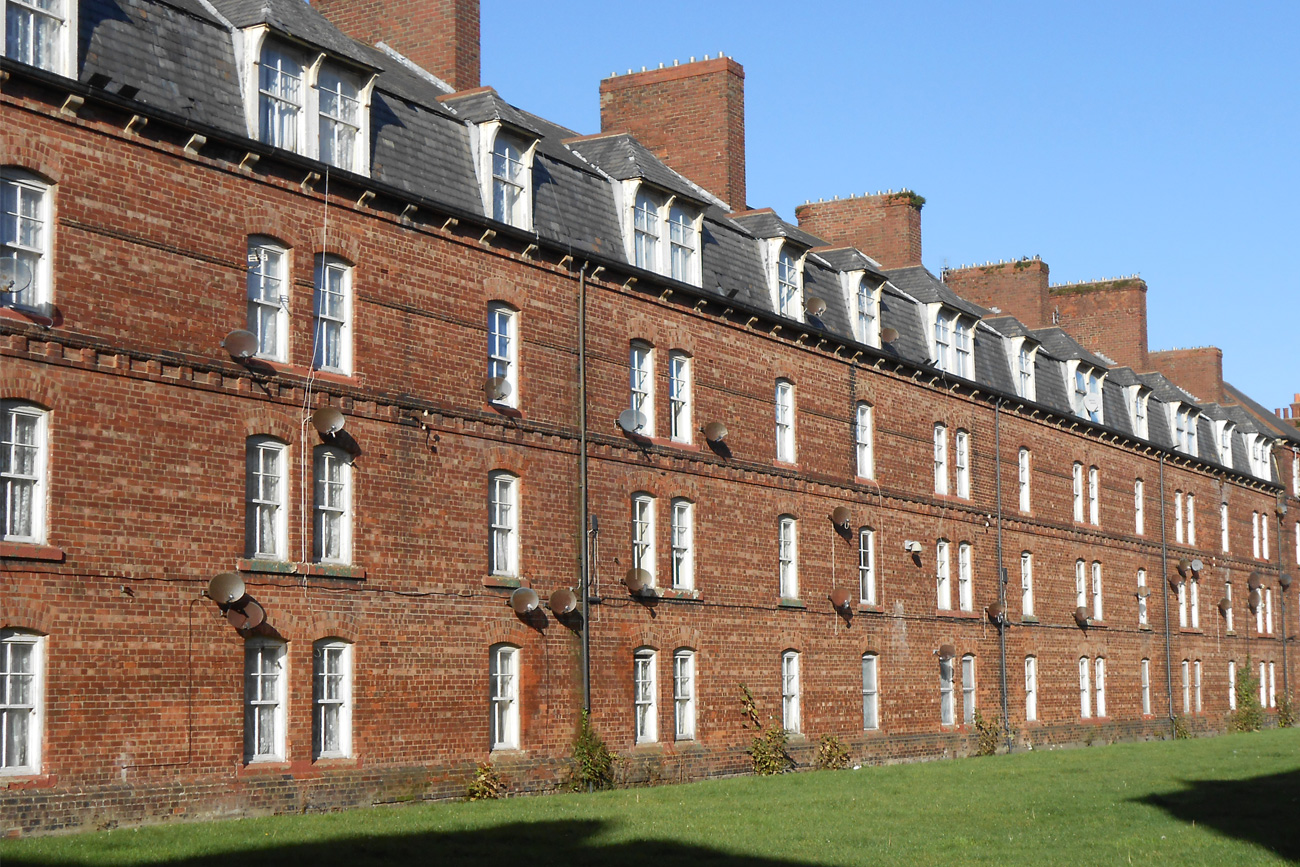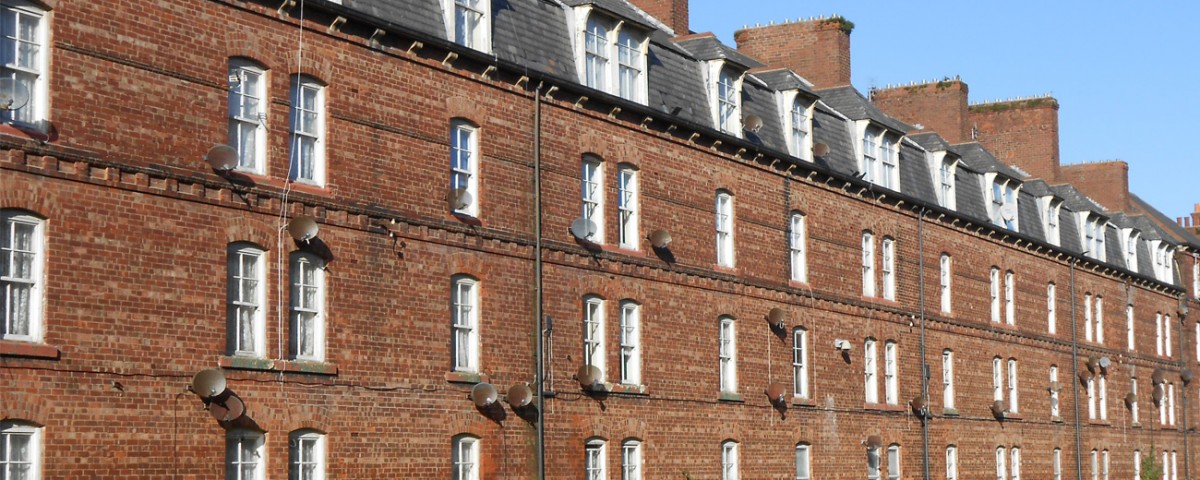
Laying tracks for a new lease of life
November 8, 2015
Letting in the light
November 9, 2015
"We had to survey a building four times the size of the Titanic!"
On the west coast of Cumbria sits a large housing development spread across four buildings. As winter begins to blow in and the radiators are turned on, it becomes apparent to residents and landlord alike that the creaking central heating system is no longer fit for purpose. Hub Architecture was a key ingredient in the upgrade from mains gas to eco friendly biomass heating system.
Michael, can you tell us about the project you are doing at Barrow?
This is an enormous scheme involving many multi storey tenement buildings. They are presently heated by mains gas supply to individual combi boilers. Thats a lot of maintenance for the building contractor.
The brief is to replace these gas supplies with a central biomass boiler that burns wood pellets to produce hot water for the entire building.
The landlord will benefit from reduced maintenance costs and the tenants will enjoy reduced energy bills. This in turn will make the apartments more popular as far as running costs go and also assist in increasing the occupancy rate of the buildings. This project is typical of the heating and maintenance challenge of many multi use apartment blocks around the country.
It seems like a massive undertaking, how many homes are involved? What are the challenges on working on a project this size?
There are over 700 homes involved which is a huge scheme for any practice however Hub is perfectly happy working at this scale. Believe it or not our main challenge has been surveying the four blocks. Each one is larger than the Titanic!
What exactly is the role of the architectural consultant on this kind of project? Who else will be involved?
In the first instance, my job involved the production of detailed drawings of the buildings, a significant task that started with over two weeks of surveying. With the drawings in place I work with the biomass boiler designers to develop a system to integrate the necessary flues into the existing structure. The buildings are grade 2* listed so we need to be very sensitive to appearance and work closely with the planners.
Once full planning is in place we commit to the detailed designs. From the outside looking in, the scheme looks incredibly simple. However, this hides quite complex design and engineering to achieve quite a significant improvement with minimal impact. A simple, clean and sensitive large scale refurbishment to some historic buildings.
Once the project is completed, how would you expect the work to positively impact the residents of the area?
It will be satisfying to see lower fuel bills delivered to all residents through this green energy solution. I would expect maintenance costs to be significantly reduced also.
Is this approach received for large scale developments or can it be applied to smaller, single dwelling projects?
Small or large, the process is the same.


